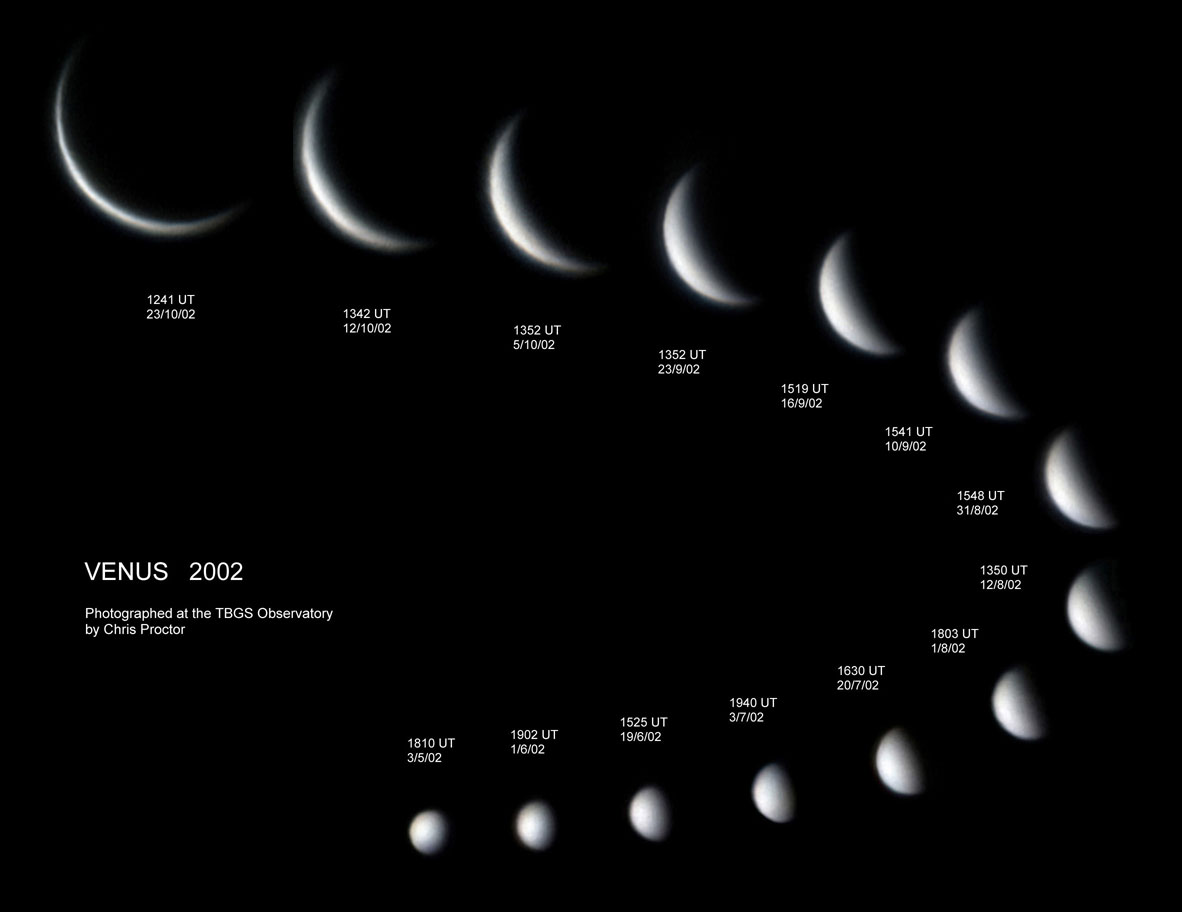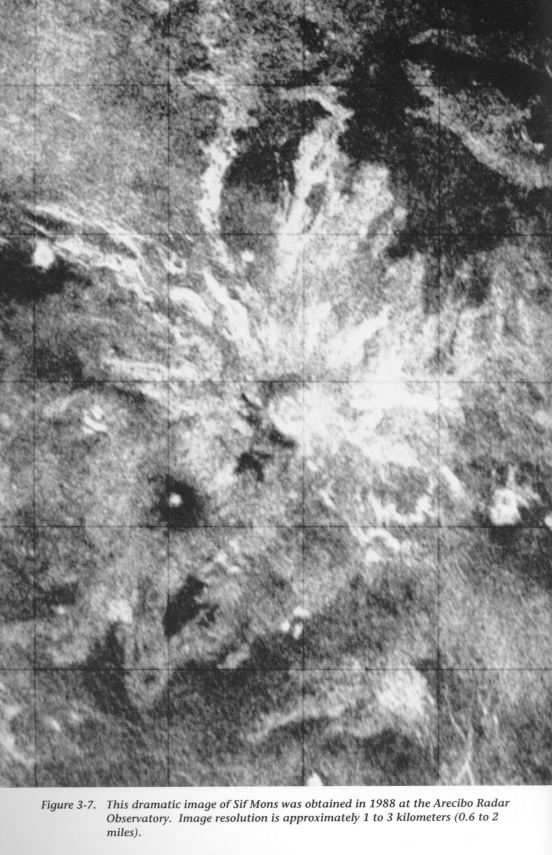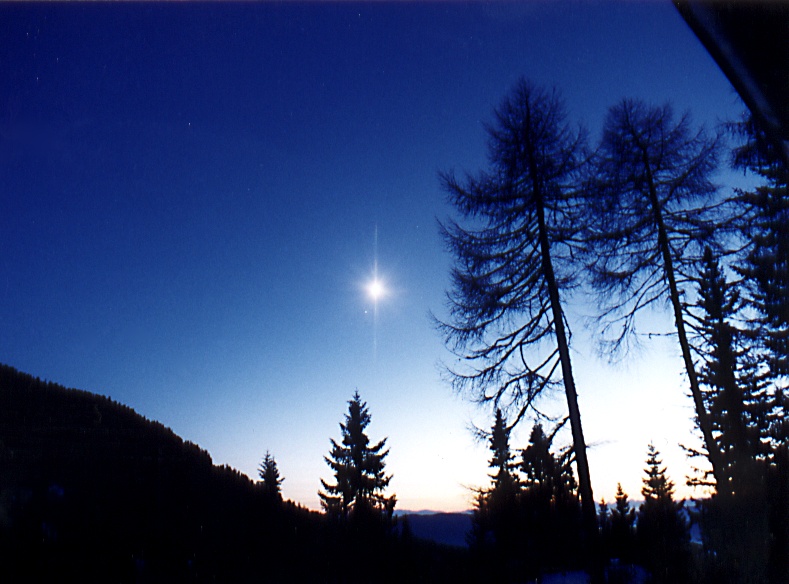

The Venus Transit 2004
... Brief InfoSheet D1
Venus - the second planet of the solar system
The planet Venus is the second closest planet to the Sun (distance 108 million km) and our nearest planetary neighbour. It takes about 225 days to orbit the Sun. Venus is of nearly the same size as the Earth and its mass is about 82% of that of the Earth. Like Mercury, Venus has no known natural moon.

As it moves around the Sun in an orbit inside that of the Earth, Venus displays phases like the Moon does. Because the distance from the Earth varies, the apparent size of Venus also changes. Photo sequence of the Venus phases, as seen from Earth
Named after the Roman goddess of love and beauty, it is one of the most beautiful objects in the sky. Viewed from Earth, it can outshine every celestial body except the Sun and the Moon. Venus at its brightest may be seen in the daytime sky.
The Babylonians first recorded the appearance of Venus nearly 4000 years ago. They thought Venus to be two separate bodies - a morning star rising just before sunrise and an evening star setting just after sunset. The ancient Greeks called the morning star Phosphorus and the evening star Hesperus. About 500 BC, the Greek scientist/philosopher Pythagoras recognized that the two "stars" were actually the same body.
Venus has a very dense atmosphere with thick clouds that completely frustrates any attempt to view the planet's surface through optical telescopes. The Italian astronomer Galileo Galilei was the first to observe Venus telescopically. He discovered that it displays phases similar to those of the Moon and that it changes its apparent size over a continually recurring cycle. So he became convinced that Venus revolves around the Sun. Thus he realized that the Sun is the centre of revolution of all the planets and that the Copernican model of the universe is correct.
The only way to penetrate the completely cloud-covered atmospheric shell is to beam radar waves to the surface or send a spacecraft to the Venusian surface. The first ground-based radar investigations were made in the mid-1970s with the giant 310-metre antenna at Arecibo in Puerto Rico (USA). Later, American and Soviet spacecraft orbited the planet and sent back information about the atmospheric and the surface conditions. Several Soviet spacecraft (Venera 11-14) landed on the surface; two of them send back photos in 1975.

Radar map of Venus' surface obtained by the Arecibo observatory
Astronomers refer to Venus as Earth's sister planet, because both are similar in size, mass, density and volume. Both formed about the same time and condensed out of the same nebula. So before 1961 many people supposed that Venus might be Earth-like and might even have life-forms on its surface
However, we now know that Venus is very different from the Earth. It has no oceans and it is surrounded by a dense atmosphere composed mainly of carbon dioxide with virtually no water vapour. Its clouds are composed of sulphuric acid droplets. At the surface, the atmospheric pressure is 92 times that of Earth's at sea-level and it is scorched by a temperature of about 482 degrees Celsius. Because Venus is so hot, it is extremely unlikely there is any possibility that life has formed there.
Want to know more?
This topic is discussed in a more detailed way in the associated Extended InfoSheet.
Back to the List of Brief InfoSheets.

